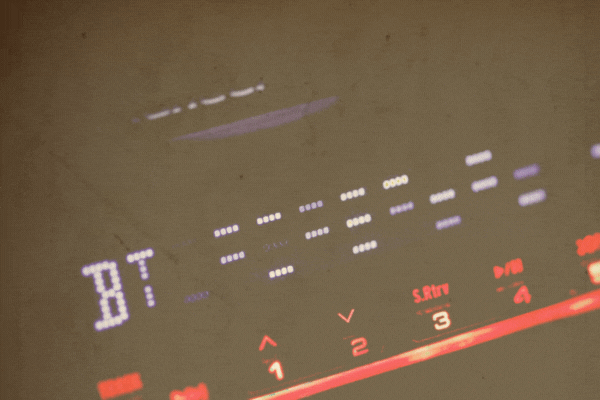On May 20, 1999, Bluetooth wireless technology was officially introduced by a consortium of tech giants, including Ericsson, Intel, IBM, and Nokia. What began as a solution to unify communication between incompatible devices soon became a foundational element of our digital lives.
Today, Bluetooth is omnipresent, from earbuds to factory floors, and its unique name and logo carry an unexpectedly rich history.
Named after a 10th-century Viking king and inspired by ancient runes, Bluetooth symbolizes the unification of diverse technologies. As we celebrate its 25th anniversary, the evolution reflects not just technological innovation, but also its deep integration into our everyday and industrial systems.
Why It Matters: Bluetooth technology redefined how devices talk to one another. Its impact is seen not only in consumer electronics but also in industrial applications that demand reliable, low-cost, and energy-efficient connectivity. Understanding its origin and progression offers insights into how legacy, collaboration, and simplicity drive enduring tech solutions.
- A Name Rooted in Viking History: Bluetooth is named after King Harald “Bluetooth” Gormsson, known for uniting Denmark and Norway. The technology was envisioned to similarly unite mobile and computing devices. Intel’s Jim Kardach proposed the name, initially as a placeholder, but it stuck due to its uniqueness and symbolic power.
- A Logo Born from Runes: The symbol merges the runic letters for King Harald’s initials, Hagall (ᚼ) and Bjarkan (ᛒ). This design reflects the technology’s Scandinavian roots and its purpose of unifying different systems, just as the king unified warring tribes.
- Tech Giants Unite for a Standard: Developed by a coalition of major companies including Intel, Ericsson, IBM, and Nokia, the Bluetooth standard was finalized in 1998. Ericsson launched the first Bluetooth-enabled phones in 1999, setting the stage for a new era in wireless connectivity.
- Industrial Integration and Innovation: Bluetooth has expanded beyond personal devices into industrial settings. BLE (Bluetooth Low Energy) beacons and sensors support applications in maintenance, VR interfaces (like BeBop Sensors’ Forte Gloves), and even in monitoring heavy equipment (e.g., ABB’s Bluetooth-enabled sensors).
- Turning “Dumb” Machines Smart: With minimal cost and effort, Bluetooth tech is transforming legacy industrial equipment. ABB’s snap-on sensors use the technology to wirelessly transmit key metrics, like temperature and vibration, straight to a smartphone. This makes predictive maintenance accessible, helping companies avoid costly breakdowns with a plug-and-play approach.
Go Deeper -> What happened on Thursday May 20, 1999? – Takemeback.to






